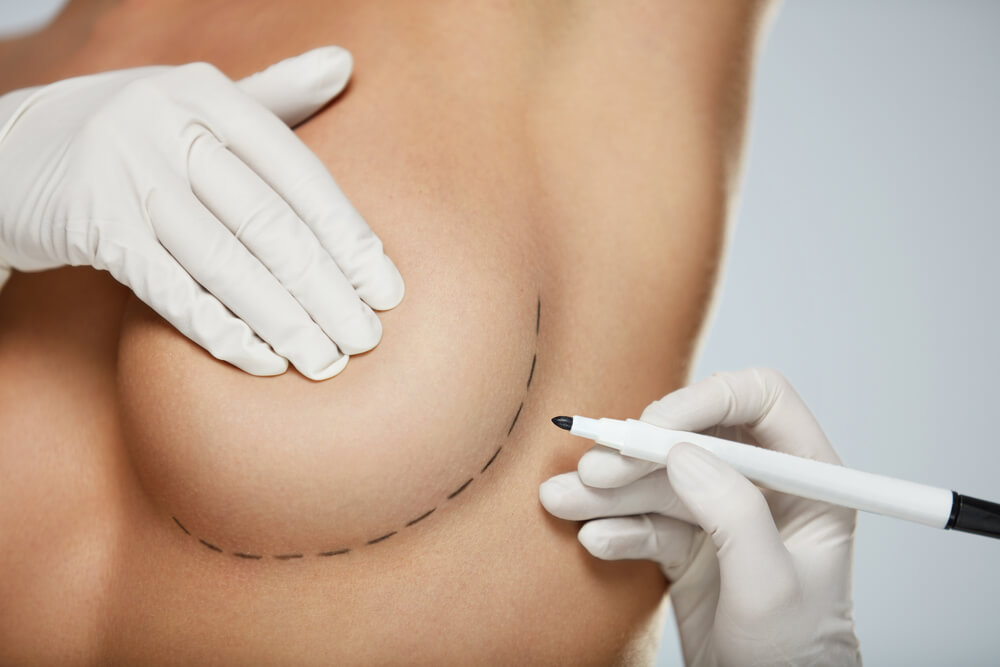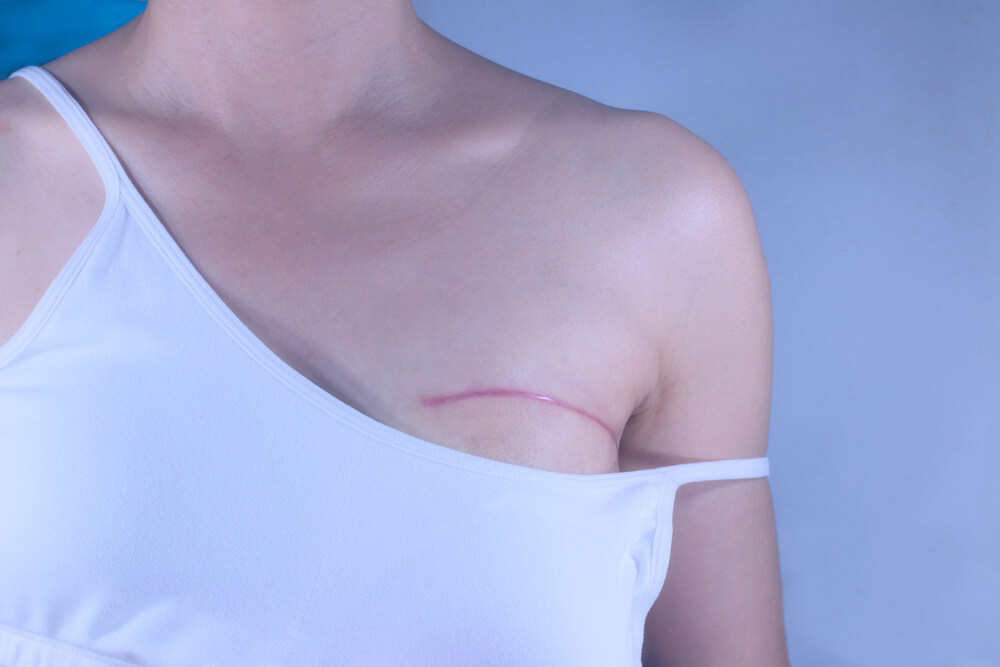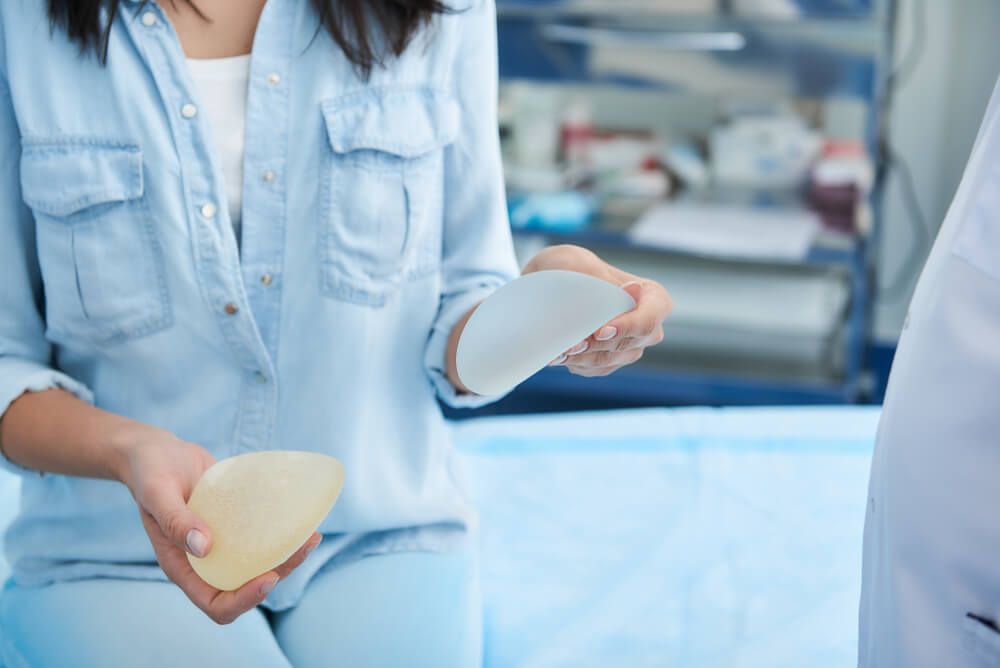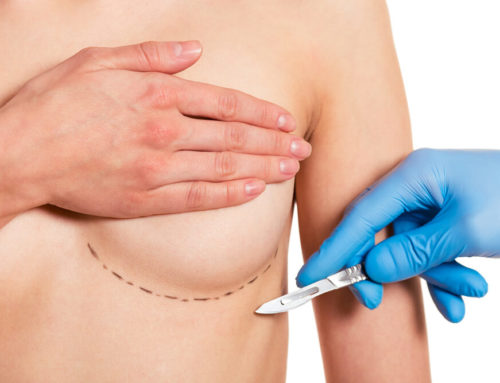Depending on your health or cosmetic needs, there are many ways that breast surgery can enhance your health. At the Miami Breast Center, we offer a number of services including breast surgical oncology, comprehensive evaluations, genetic counseling, and high-risk screening. We pride ourselves on our commitment to providing personalized care for all types of breasts using advanced breast surgical techniques that enhance the lives of our patients. We are here to walk with you on your journey to improved breast health and overall well being.
Types of different breast surgery
There are several types of breast surgery that address different health needs and you may already be familiar with many of them. According to the American Cancer Society, breast reconstruction surgeries have steadily increased over time by 39%. The American Society of Plastic Surgeons reports With over 3.1 million breast cancer survivors in the U.S., many of these patients would be eligible for some type of breast surgery in the future that may include:
- Augmentation – This type of breast surgery is conducted to enhance the size, appearance, and contour of the breast. Women have many reasons for getting an augmentation, also called a mammoplasty. Sometimes pregnancy can have dramatic effects on a woman’s body or they want to enhance their looks using breast enhancement surgery.

Augmentation is conducted using implants to achieve different types of breasts. The procedure includes placing a silicone implant under or over the pectoral chest muscle, with an incision placed in the armpit or the areola. When placed underneath the chest muscle, screening mammography is much easier but can still interfere with cancer detection. The implant can be filled with saline or silicone. A trial fitting is conducted before the procedure which is straightforward and should be conducted by a board-certified plastic surgeon.
The National Center for Health Research reports more than 400,000 women and teens have breast augmentation procedures every year. This procedure has increased in popularity in the past 20 years. It’s important to note that many women have to replace old implants that have ruptured or other complications every 10 to 15 years. Some of the risks associated with breast implants include:
-
- Cancer
- Microleakage
- Capsular contracture
- Immune disorders
- Silicone leakage affecting the immune system
- Mammography interference
- Reduction – Excess weight from large and heavy breasts can cause numerous health problems including back pain, neck pain, skin irritation, numbness, or bra strap indentations. A breast reduction removes excess fat, skin, and glandular tissue, reducing the size, shape, and contour of the breast. Scarring can be substantial with this procedure but women report satisfaction with the results and improvement in overall well being. Some side effects you may experience include:
-
- Inability to breastfeed
- Pain/lumpiness from scar tissue
- Reconstruction – This procedure recreates the breast contour, size, and shape to match the desired appearance using implants or the patient’s own tissue. If implants are used, they are sized to match appropriately. Other times, tissue from the abdominal wall is used or taken from the back muscle and skin. Reconstruction is often used for women who’ve undergone breast cancer surgery or augmentation and usually takes more than one operation.
A breast deformity may result from cancer surgery or augmentation in which doctors solve the problem by combining plastic surgery with cancer surgery techniques using an oncoplastic surgery procedure. It recreates the breast at the time of initial surgery for a fully reconstructive cancer surgery. Women who are candidates for this type of procedure include:
-
- Fat grafting
- Breast reduction
- Breast lift
- Scar revision
- Smaller tissue flaps
There are different options available for this procedure, including using implants, using your own body tissues, or reconstructing the nipple and areola after surgery.
- Cancer – The American Cancer Society indicates that 1 in every 8 U.S. women will develop breast cancer over their lifetime and an estimated 276,000 new cases are expected this year. It is the most commonly diagnosed cancer in women behind skin cancer. However, due to the improved technological advancements in breast cancer treatment techniques, the breast cancer death rate has dropped to 1.3%. About 85% of breast cancer cases occur in women with no family history. There are several types of cancer surgeries including:
- Lumpectomy – This is a breast-conserving surgery where only a portion of the breast is removed. A small amount of normal tissue around the lump is also taken to ensure that all cancer is eliminated. This procedure helps to confirm or rule out breast cancer and is the first option for women with early-stage breast cancer. It is followed up by radiation therapy treatment to reduce the likelihood of the cancer returning.
Unlikely candidates for this treatment are those with a history of scleroderma, where the skin hardens, systemic lupus, multiple tumors in different parts of the breast, previous radiation treatment, large tumor with small breasts, no radiation therapy access, or have cancer that has spread throughout the breast and skin.
- Mastectomy – This radical cancer treatment involves the complete removal of one or both breasts. There are several types of mastectomy including simple, total, modified radical, radical, partial, and nipple-sparing or subcutaneous. A simple or total mastectomy emphasizes only the breast tissue with no removal of lymph nodes or muscles under the breast. The other procedures include some form of total removal of the breast that includes lymph nodes and breast tissue.

If you have a mastectomy, expect to receive hormone therapy, chemotherapy, target therapy, and radiation therapy. You may also have reconstructive surgery to restore the appearance of the breast. This should all be discussed with your plastic surgeon to create an effective plan that you both are comfortable with.
- Sentinel node biopsy – This is a procedure used to determine the extent of breast cancer present and whether it has entered the lymphatic system. Since sentinel nodes are the first lymph nodes that cancer drains into, tracer material is injected that helps guide the surgeon during surgery by located in them. Most likely, the cancer has not spread if the sentinel nodes are cancer-free. However, if cancer is detected here, your doctor may recommend removing the lymph nodes. There are risks associated with this procedure that include:
- Infection
- Bleeding
- Allergic reaction to dye used
- Lymphedema
The procedure is generally very safe but with any operation. Currently, this procedure is being considered to treat other types of cancers like colon, stomach, thyroid, esophageal, lung, and head and neck cancer. It is routinely used to treat melanoma.
Request your next appointment today
We are offering telemedicine services during this time of COVID – 19 because safety is our first priority. We’ve instituted a number of procedures and protocols and are taking every precaution to maintain the health and safety of all patients. We are not conducting testing for COVID – 19 but we ask that you arrive with a mask. All patients will be screened and will participate in a telehealth encounter prior to your visit.
At the Miami Breast Center, we provide breast enhancement surgery and so much more. We are committed to breast health and offer surgical services at the highest standards using the most up to date technologies. Our team of certified and seasoned experts are passionate about treating and educating our patients every step of the way.
Request your next appointment today!





